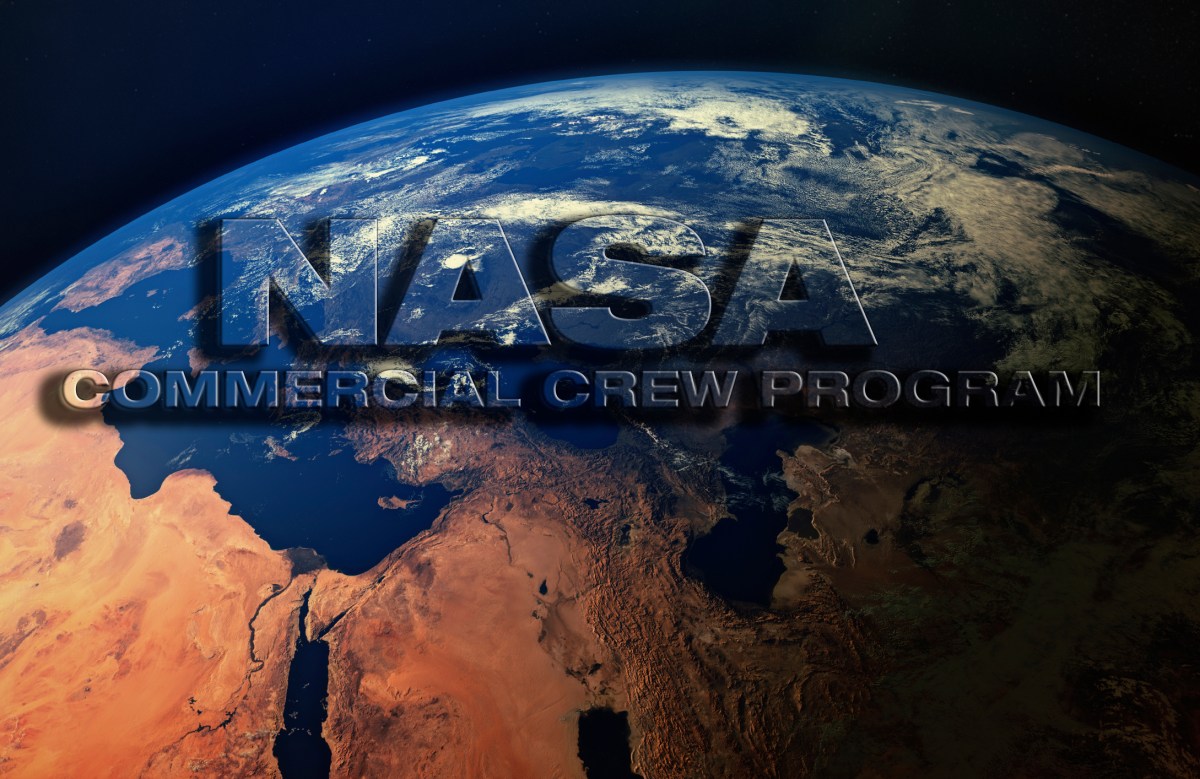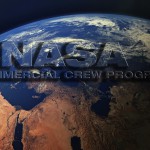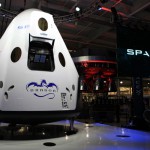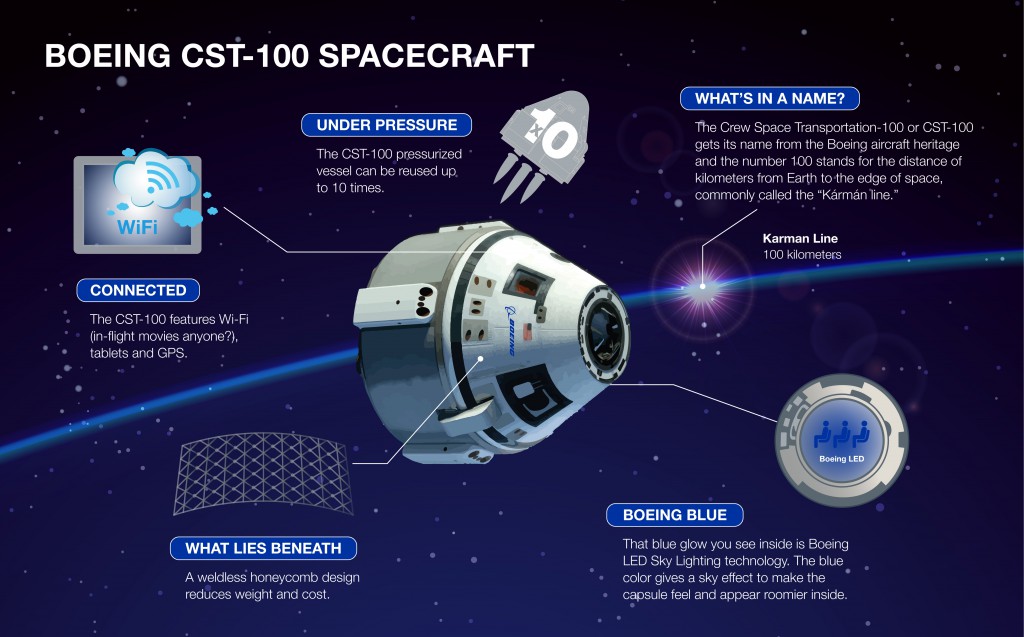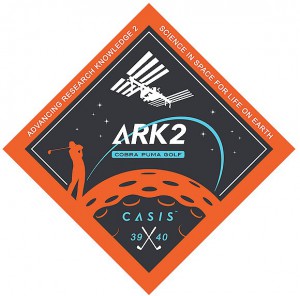
A pair of experiments headed to the International Space Station on the next cargo mission will focus on aspects of bone density medication and offer a company a chance to test some manufacturing principles for its golf clubs. The scientific payloads are sponsored by CASIS, short for Center for the Advancement of Science in Space. CASIS is an organization that manages the U.S. National Laboratory on the International Space Station and is responsible for brokering and facilitating research on the station with clear Earth applications and benefits. NASA’s Commercial Crew Program will allow research to increase on the orbiting laboratory by increasing the capability to add another station crew member by way of America’s next human transportation systems. CASIS produced this video detailing the research projects. You can also read more about the work here.


 NASA’s spaceflight experts in the Commercial Crew Program (CCP) met throughout July with aerospace partners to review increasingly advanced designs, elements and systems of the spacecraft and launch vehicles under development as part of the space agency’s Commercial Crew Integrated Capability (CCiCap) and Commercial Crew Development Round 2 (CCDev2) initiatives.
NASA’s spaceflight experts in the Commercial Crew Program (CCP) met throughout July with aerospace partners to review increasingly advanced designs, elements and systems of the spacecraft and launch vehicles under development as part of the space agency’s Commercial Crew Integrated Capability (CCiCap) and Commercial Crew Development Round 2 (CCDev2) initiatives.